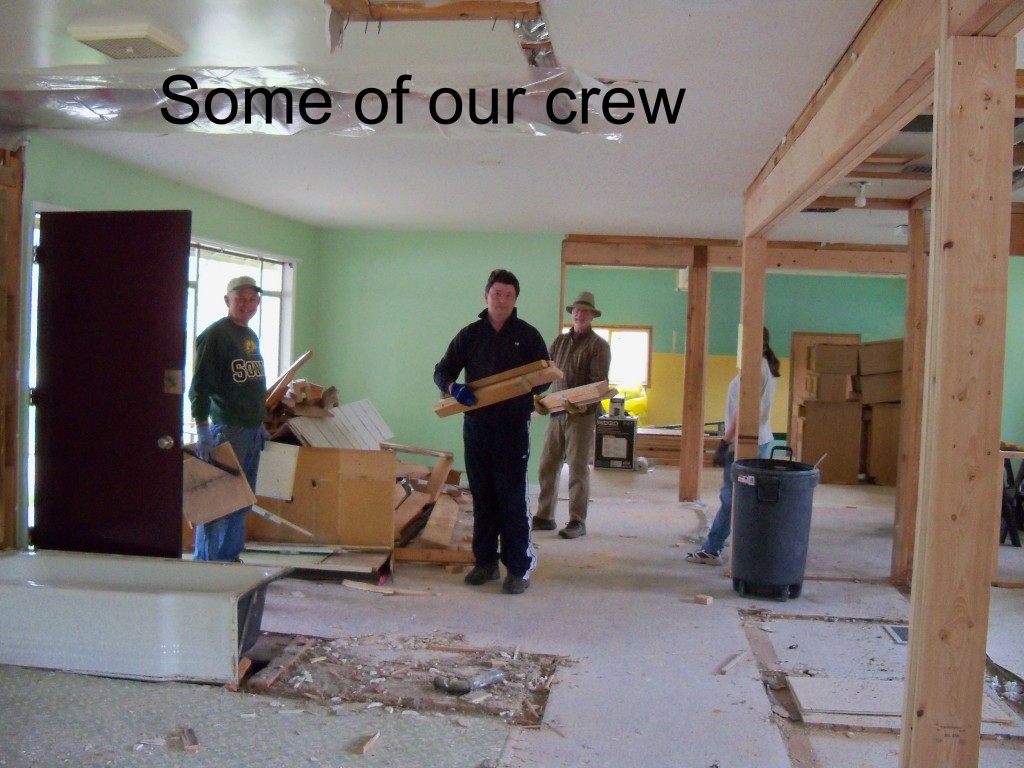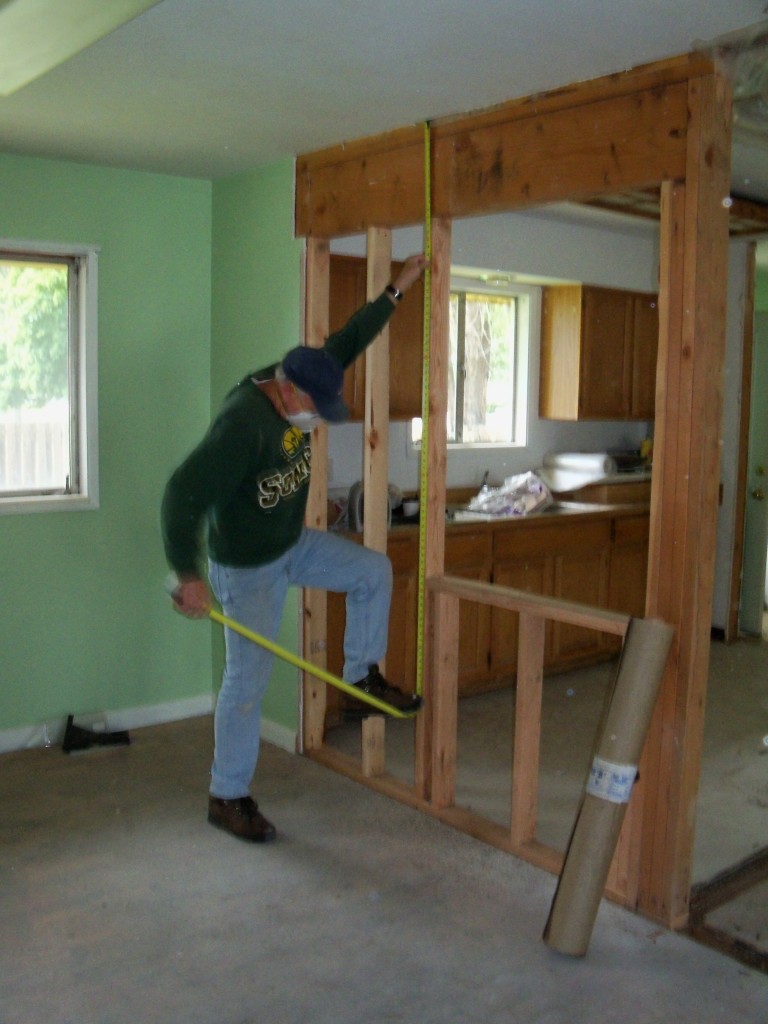A BIT OF HISTORY
A group of people, with interests as varied as the Valley itself, banded together in Fall of 2009 to put together a center that would lie at the heart of the valley, located in Twisp, addressing the need to educate ourselves and others about the valley we live in. How did it all start?
In the late 1990’s, Glenn and Carolyn Schmekel, had sought out and worked with native Methow people as well as other tribal people to re-connect the original inhabitants of the Methow Valley with the current residents. (This story is told in a documentary DVD called “Two Rivers” which has been shown on PBS affiliates in past years.) For 12 years the “Heart of the Methow Traditional Powwow” was held in Twisp, and a team of tribal members together with non-tribal folks hosted 300+ people for feasting and dancing on an August weekend. Those gatherings began a journey that created a need for more substantial attempts to solidify relationships with Native neighbors.
One Methow elder, Spencer Martin, has spoken with great sorrow about how the young people of their band have no idea where their families come from, nor how they used to live. He said “They don’t know who they are.” That loss of family and tribal identity has left a hole, and this elder felt that young people could be helped by regaining that sense of connection to a past that is rich. As a newer resident of this lovely valley, Carolyn wanted the people that came before to have a place here in the Methow; a place of honor and dignity; a place where the Methow People could bring their children and say “here is our story, here was where we lived.” She also wanted a place to tell the story of the original inhabitants to the newer arrivals to the Valley so the stories didn’t disappear.
The idea of an interpretive center was birthed in April 2009, the result of a visit to Ocean Shores, WA when Glenn and Carolyn visited their local interpretive center. There was a feast to be had in a very small area. The center featured geological history, rocks, shells, bird life, plant life, native history, a fascinating history of shipwrecks, the life cycle of the razor clam and how to dig them, and much more. They spent the better part of an hour with the exhibits curator, Gene Woodwick, who explained how the center began and how it was organized and funded. Here was the perfect prototype for what could happen in the Methow Valley. Our small valley had so much to offer, but no central place that educates and inspires about the natural beauty all around. The Schmekels returned with a vision to tell a full spectrum story, from how the valley was created from glaciers, what plants and animals are native to the area, weather, water and a place to share the stories of the indigenous Methow People and how they lived.
After gathering some interested locals together, the newly formed group presented the idea for a Methow Valley Interpretive Center to the Public Development Authority Board. With the PDA (later called TwispWorks) acceptance of the Methow Valley Interpretive Center as a partner and the Okanogan County Historical Society allowing us to be under their 501c3 nonprofit umbrella for the initial stages of development, the Methow Valley Interpretive Center became a reality.
The MVIC was opened in 2012 and shortly after it merged with the Methow Field Institute, a 501©3 non-profit since the early ‘90’s. The Field Institute focused on cultivating greater understanding and respect for the natural world through programs in the sciences, arts and humanities. The Native Garden and pit house reflect the ever-increasing expansion of the mission that was rooted in the simple desire to care about the Methow and its tribal people.
Renovating our building for the the Methow Valley Interpretive Center in 2012 is chronicled below.
The Interpretive Center is located on the TwispWorks campus, located on the former U.S. Forest Service complex in Twisp. The TwispWorks campus is a vibrant center for art, agriculture, innovative technology and education.



Comments
History — No Comments